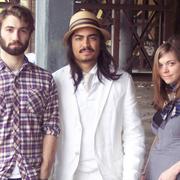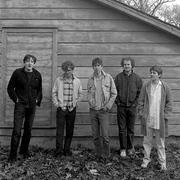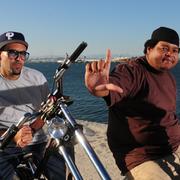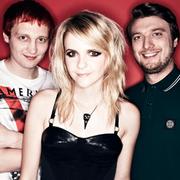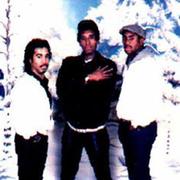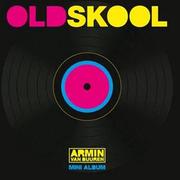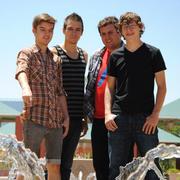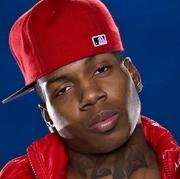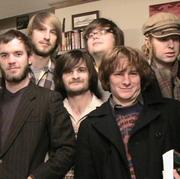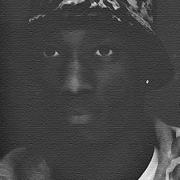The Future Sound of London
| 基本信息 | |||
|---|---|---|---|
| 姓名 | The Future Sound of London | 别名 | 暂无 |
| 国籍 | 英国 | 出生地 | |
| 语言 | 性别 | 组合 | |
| 生日 | 星座 | ||
| 身高 | 体重 | ||
小简介
至少要有两个条件才能塑造一个传奇:过人的才华与神秘的距离。由Garry Cobain和Brian Dougans组成的The Future Sound Of London,不偏不倚地成就了电音领域近15年来最具影响力的传奇之一。80年代末期相遇于曼彻斯特(Manchester),两人才开始对电子音乐进行探索,相较于Brian对电子音乐的钻研,当时的Garry更注意当时的独立摇滚之声,他们在早期甚至与英伦传奇乐队Stone Roses有过短暂的合作。80年代末期到90年代初期他们两人更频繁以各种不同化名发表风格迥异的电音作品。他们的音乐风格正如其名,是无法预测界定的,他们昨天踏出的每一步都将成为明日的潮流。首次以The Future Sound Of London为名发表首张创作大碟后,马上获得主流厂牌的加盟邀约,离开独立厂牌Jumpin’& Pumpin’后,在Virgin的默许之下,他们开始进行对电子音乐的实验,早期就以Amorphous Androgynous的化名发表作品Tales Of Ephidrina。之后于1994年发表的Lifeforms更一举打入英国前十大排行榜,并名列九零年代最重要的电音/环境音乐之一。至此之后。1996年的Dead Cities更被誉为超越未来的巨作。乐队本身却感到自己迷失了方向,创作几乎只是两人炫耀才华天赋的媒界。2001年乐队才再度以Amorphous Androgynous的名义发表融合世界音乐的迷幻电音作品The Isness。
by Sean Cooper
First recognized as the dance duo behind the club hits Stakker (as Humanoid) and Papua New Guinea, Future Sound of London later became one of the most acclaimed and respected international experimental ambient groups, incorporating elements of techno, classical, jazz, hip-hop, electro, industrial, and dub into expansive, sample-heavy tracks, often exquisitely produced and usually without easy precursor.
Notoriously enigmatic and often disdainful of the press, the groups Garry Cobain and Brian Dougans worked their future-is-now aesthetic into a variety of different fields, including film and video, 2- and 3-D computer graphics and animation, the Internet, radio broadcast, and, of course, recorded music. Although they usually disdain their earlier work as play-for-pay club fare not representative of their later musical vision, many of the thematic concerns of their earlier 12s and their first, heavily dance-oriented LP, Accelerator, followed them into their later work. Usually filed under ambient, that work is often much more than that, drawing from the history of experimental electronic music with a relentlessness that has helped to push the calmer elements of that genres reputation into decidedly more difficult directions.
The pair also grew in repute as remixers, obliterating tracks by Curve, Jon Anderson, David Sylvian and Robert Fripp, and Apollo 440, and rebuilding pieces of almost majestic complexity with the remnants. The duos works of the mid- to late 90s — Lifeforms, ISDN, and Dead Cities — were important stopping points on the road of rabid hybridization characteristic of post-rave European experimental electronica (ambient, jungle, trip-hop, ambient dub, etc.), and the pairs somewhat punk rock attitude (despite their success) did much to underscore the scenes underground roots. After a lengthy hiatus marked by rumors of mental illness and a cottage lifestyle, Cobain and Dougans returned in 2002 with The Isness, a record heavily influenced by 60s and 70s psychedelia.
 加载评论内容,请稍等......
加载评论内容,请稍等......

